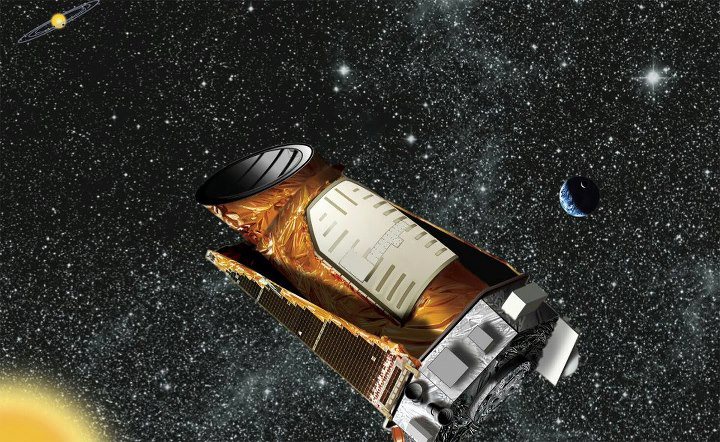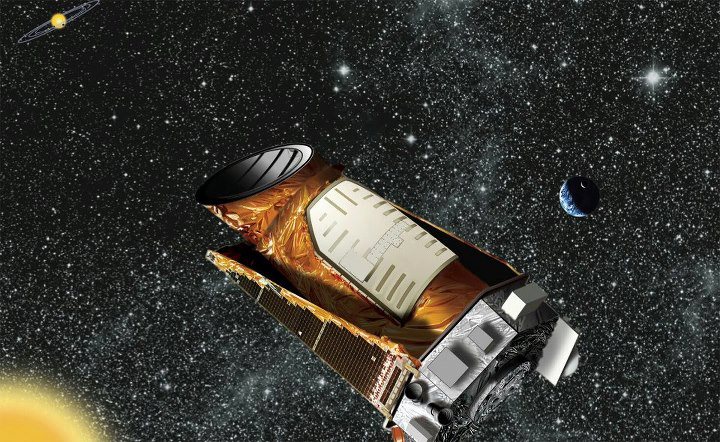

Image credit: NASA/Ames/JPL-Caltech
We are all aware of the Hubble Space Telescope and all the wonders it has uncovered, and we anxiously await the splendors that will be uncovered by the James Webb Space Telescope. Most of us, however, aren’t fully aware of the one-of-a-kind space telescope that, as you read this, is making tremendous contributions to humankind and may hold the key to the future of our species.
I am talking about the Kepler Spacecraft also known as the Kepler Space Telescope. Launched on March 7, 2009, and named after famous German astronomer Johannes Kepler, its sole mission is to find Earth-like exoplanets (planets orbiting in other star systems) within our galaxy. Thanks to Kepler’s contribution, we have bumped up our number of planet candidates to a staggering 2,321. Through normal methods we found 1,230 planets between the years of 1995 and 2009, which was the year Kepler was launched. In the three years since its launch, Kepler has been able to find 1,091 planets! Data shows that 207 are similar in size to Earth, 680 are super-Earths, 1,181 are Neptune-sized, 203 are Jupiter-sized, and 55 are larger than Jupiter. Out of these planets, 48 of them are candidates to be in the habitable zone.
One of the ways that Kepler identifies a planet is by seeing the gravitational pull that a planet exerts on its host star. As the planet orbits its host star, the star wobbles. It is difficult to directly see the wobble of the star, so scientists use the Doppler shift of the star’s light. As the star wobbles towards us, the light waves emitted get compressed; as the star wobbles away from Earth, the light waves get stretched out. This method was thought up by Astronomer Geoff Marcy on his quest to find new planets, and at first many in the astronomy world thought he was a bit… crazy. After 10 years of trying to prove his theory (and after winning over a couple of astronomers), his biggest breakthrough came in 1995 when a group of Swiss astronomers were looking at a bright object in the Pegasus constellation called 51 Pegasi and found what they believed to be a very large planet by using Dr. Marcy’s method. The discovery of this planet, dubbed 51 Pegasi b, created a huge ripple in the science community and thus paved the way for Kepler to be launched.
So in the distant future after all of us are long gone and our future generations have cracked the codes of space travel and move on to continue our existence as a species; just think that maybe, just maybe Kepler might have been the one responsible of finding our new home.
Sources and further reading:
- NASA’s Kepler Home Page
- “NASA’s Kepler Spies Changing Phases on a Distant World“. NASA. 6 August 2009.
- Geoff Marcy bio at Kepler’s website
- “Giant Planets Orbiting Faraway Stars“. Geoffrey W. Marcy and R. Paul Butler.
- “Kepler space telescope finds 1,091 new exoplanet candidates“. Mark Brown, Wired. 29 February 2012.